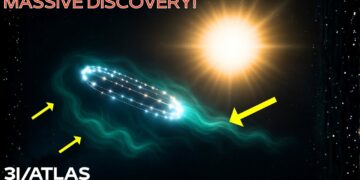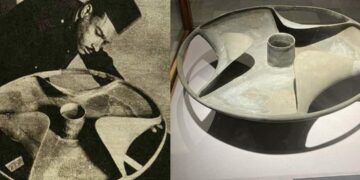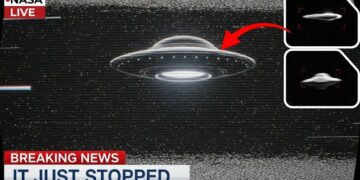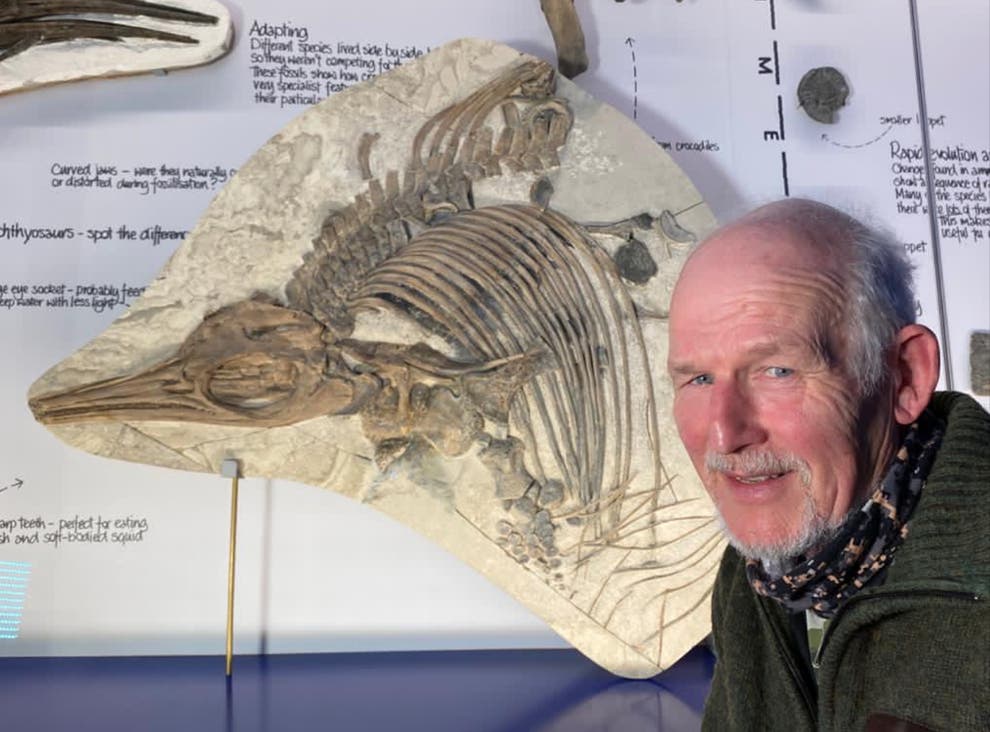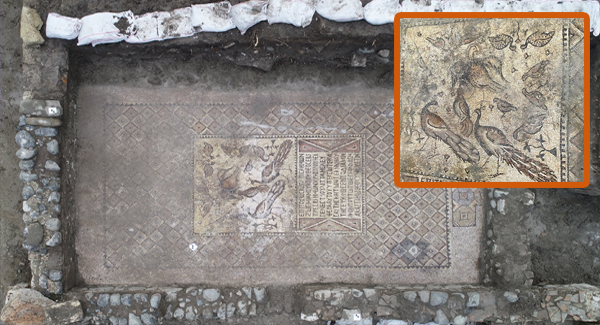The strange, spacey sounds heard by the Apollo 10 astronauts feel like something out of a sci-fi tale. While navigating the far side of the moon, cut off from Earth’s communication, the crew encountered eerie, whistling noises echoing through their headsets. For decades, this odd audio was forgotten, buried in NASA’s archives. Recently unearthed recordings, now analyzed with modern AI, have reignited curiosity. Was it mere interference, or something more mysterious? What secrets does the moon still hold?
An Overlooked Mission with a Strange Surprise
Launched on May 18, 1969, just two months before Apollo 11’s historic moon landing, Apollo 10 was a critical dress rehearsal for NASA’s lunar program. Though it didn’t touch down on the moon, the mission tested every major component and procedure planned for Apollo 11, from lunar module handling to communication checks in lunar orbit. Commanded by Thomas Stafford, with John Young as command module pilot and Eugene Cernan as lunar module pilot, Apollo 10 was essential for refining navigation, docking, and flight control. Its success gave NASA confidence in Apollo 11’s ability to land humans on the moon.
Despite its importance, Apollo 10 was overshadowed by Apollo 11’s global fame. While Neil Armstrong and Buzz Aldrin’s flag-planting captured the world’s attention, Apollo 10 was seen as a stepping stone. Yet, decades later, it gained notoriety for a bizarre incident: the astronauts heard “music-like” whistling noises while orbiting the far side of the moon, a region where the lunar body blocked all communication with Earth. For about an hour each orbit, the crew was isolated, unable to contact mission control. During one such blackout, strange, eerie tones filled their headsets, sparking bewilderment and debate among the astronauts. The in-flight transcripts capture their reactions, describing the sounds as “weird music” and debating whether to report it to NASA. This fleeting moment became a mini-legend, fueling decades of speculation and intrigue.
The Moment They Heard “Music”
Apollo 10’s crew split duties between two spacecraft: the command module, Charlie Brown, piloted by Young, and the lunar module, Snoopy, flown by Stafford and Cernan. The plan was for Snoopy to simulate a lunar descent, stopping short of landing, while Charlie Brown orbited above. At around 102 hours into the mission, as the spacecraft passed behind the moon, the crew entered the radio blackout zone—a routine part of lunar missions. With no contact from Houston, they focused on tasks not requiring ground communication.
Suddenly, strange whistling or “woo-like” tones echoed through their headsets. The transcripts reveal genuine confusion: Cernan called the sound “eerie” and “weird music,” while Young suggested it might be interference between the two spacecraft’s radios. Stafford, focused on the mission, acknowledged the oddity but pressed on. The crew briefly debated whether to report the sounds to NASA, joking about being labeled delusional. In the high-stakes world of spaceflight, astronauts adhered to an unwritten “lie to fly” code, avoiding reports of oddities that might raise doubts about their mental stability. Despite the distraction, they continued their tasks—checking instruments, taking photos, and ensuring the lunar module performed flawlessly. After about an hour, they reentered Earth’s line of sight, communication resumed, and the strange noise faded from focus. Unbeknownst to them, the moment was recorded in the command module’s data system, preserving it for future discovery.
Transcripts, Declassification, and Rediscovery
The public remained unaware of Apollo 10’s “moon music” for years. NASA generated vast amounts of data from each Apollo mission, much of which was archived without fanfare. The whistling wasn’t classified, but it wasn’t publicized either, as NASA rushed to prepare for Apollo 11. In the 1970s, astronaut Michael Collins mentioned in his memoir, Carrying the Fire, that Apollo 10’s crew had warned him about odd squealing noises on the moon’s far side. Still, the story stayed obscure, overshadowed by Apollo 11’s success and later missions like Apollo 13’s near-disaster.
By the late 2000s, NASA began digitizing its archives. In 2008, Apollo 10’s transcripts became available online, revealing the crew’s discussion of the “spacey-sounding music.” In 2012, raw mission audio, including the original reel-to-reel tapes, was digitized and released. This sparked renewed interest from documentary producers and journalists. Shows like NASA’s Unexplained Files dramatized the incident, amplifying speculation online. YouTube clips claimed to feature the whistling, with some users suggesting extraterrestrial signals or hidden lunar bases. While mainstream scientists dismissed these theories, the eerie audio captured global imaginations.
NASA’s Official Explanation
NASA has consistently attributed the sounds to radio interference between the VHF radios of the lunar and command modules. When both spacecraft were close and transmitting on similar frequencies, signals likely bled into each other, creating a feedback loop that produced the whistling. Post-mission analysis confirmed this, and John Young speculated as much in real-time during the flight. In the quiet environment of lunar orbit, with no Earth signals or background noise, the interference stood out starkly. NASA compares it to the squealing of a microphone near a speaker or overlapping radio broadcasts. For the agency, the phenomenon is a solved case, requiring no further investigation.
Some astronauts, like Apollo 15’s Al Worden, noted the sound’s musical quality but didn’t challenge NASA’s explanation. Worden’s comment, “If there was something recorded, then there was something there,” was often misconstrued to imply mystery, though he meant only that the recordings were real. NASA sees the incident as a routine quirk of early spaceflight technology.
Conspiracy Theories and Lunar Secrets
Despite NASA’s explanation, conspiracy theorists suspect a cover-up. The far side of the moon, hidden from Earth’s view, has long inspired tales of alien bases or secret structures. Some claim the audio was suppressed because it hinted at extraterrestrial signals, pointing to its delayed release as evidence. In reality, the audio was simply part of NASA’s massive data backlog, digitized decades later as technology improved. Still, the whistling’s melodic quality fuels speculation, amplified by dramatic documentaries and social media. Fringe theories link it to alleged lunar monuments or lost transmissions, though scientists note that faint, fleeting whistles are unlikely signals from an advanced civilization. The audio’s context—occurring only when the modules were close—aligns with interference, not cosmic broadcasts.
Parallels to Other Space Sounds
Unexplained noises aren’t unique to Apollo 10. Voyager’s 1979 recordings near Jupiter, when converted to audible sound, produced howls and screeches. Cassini’s 2000s data from Saturn’s auroral region resembled cosmic windchimes. These emissions result from energetic particles interacting with planetary magnetic fields, but the moon lacks such a field or atmosphere, ruling out similar phenomena. Spacecraft like the International Space Station generate constant mechanical hums, and spacewalks are silent except for an astronaut’s breathing. In lunar orbit’s quiet isolation, any anomaly like Apollo 10’s whistling would feel eerie, even if caused by a mundane glitch.
The “Lie to Fly” Culture
Apollo astronauts, often former test pilots, were trained to stay composed under pressure. NASA selected them for their ability to handle stress without faltering, and the “lie to fly” mindset discouraged reporting minor oddities that might jeopardize future missions. The Apollo 10 crew’s playful debate about reporting the whistling reflects this caution. While they noted the sound, they quickly rationalized it as interference and focused on their tasks. Their measured report to NASA showed professional discipline, avoiding exaggeration of a fleeting anomaly.
Attempts to Decode the Audio
Since the audio’s 2012 release, enthusiasts have analyzed it with digital tools, creating spectrograms to search for patterns. Most found a random blend of overlapping frequencies, consistent with interference. Cyclical pitch changes can sound musical in a quiet environment, especially to ears expecting static. Comparisons to Jupiter or Saturn’s emissions showed differences: planetary signals have broad, fluctuating frequencies, while Apollo 10’s whistling was narrow and steady, matching radio feedback. Claims of melodic purity are countered by engineers, who note interference can produce clean tones in specific conditions, like “birdie” signals in amateur radio.
Other Apollo 10 Oddities
Beyond the whistling, Apollo 10 had quirky moments, like debris floating in the cabin or near-disastrous lunar module maneuvers. These were overshadowed by the mission’s success and Apollo 11’s looming triumph. NASA’s focus on the moon landing, along with later missions’ drama, sidelined the whistling as trivial. The agency’s narrative celebrated Apollo’s achievements, leaving oddities like the “moon music” as trivia among space enthusiasts until modern media revived interest.
Impact on Communication Protocols
The whistling incident quietly shaped NASA’s approach to in-flight communication. The crew’s startled reactions highlighted the need to prepare astronauts for audio anomalies. Post-Apollo 10, NASA emphasized radio interference scenarios in briefings and refined spacecraft radio designs to minimize cross-talk. Apollo 11’s Michael Collins benefited from these warnings, handling similar noises calmly. Checklists for troubleshooting audio issues were developed, and antenna placements were tweaked to reduce interference. By Apollo 15–17, such anomalies were rare. The incident improved astronaut preparedness, ensuring minor surprises didn’t disrupt missions.
Apollo 10’s “moon music” remains a captivating blend of science and mystery, sparking curiosity while underscoring the challenges of early space exploration. Its legacy lies not just in public fascination but in the practical lessons it taught NASA about keeping crews calm in the vast unknown.


